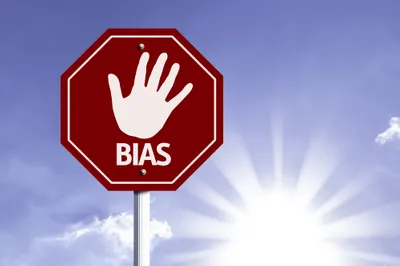According to Wikipedia, perception is “the organization, identification, and interpretation of sensory information in order to represent and understand the environment”. Perception is how we interpret what is going on outside of ourselves. It’s the conclusions we jump to when we try to analyze events, circumstances, and the presentation or behaviour of others.
Perception involves processing sensory input from the environment and then assimilating that information with a person’s own expectations and knowledge. The entire process occurs on a subconscious level without a person even realizing it’s happening. Here are six ways perception affects us…
1. Beware of First Impressions
First impressions can make a lasting impact that is hard to shake. This is related to a phenomenon called the halo effect, in which a person’s initial positive perception in one thing carries through to similarly positive perceptions in the future whether warranted or not. The reverse is also true.
If a negative first impression is made, it becomes difficult to replace with a positive one. Unfortunately the halo effect distorts reality. These false impressions are the reasons why con artists can fool so many victims and why innocent people are sometimes wrongly accused of crimes they did not commit.
2. Sterotypes Can Negatively Impact Perception
Our perceptions are influenced by a complex array of factors. For instance, they can include labels we assign to others based on age, sex, ethnic background, sexual orientation, social status and religion.
These stereotypes may have been learned in childhood and can be difficult to overcome. They lead to inaccurate and unfounded assumptions without a thorough review of evidence.
3. Selective Perception
Selective perception or tunnel vision occurs when only a few facts become your main focus while you simultaneously ignore or minimize all others. This often occurs when a person is trying to solve a problem.
They see only one solution and in doing so may minimize or ignore not only other solutions. However, the negative consequences of the one they have chosen. This can have disastrous results.
4. The Self-Fulfilling Prophecy
This occurs when we have internal expectations and then subconsciously set up our environment to fulfill them. They can be positive or negative expectations, which directly influence our interactions with people.
For instance if somebody thinks of themselves as a failure then they may not put much effort into successful completion of a task or pick one that is complex and new. When they fail they use their failure to reinforce their negative perception of themselves.
5. Confirmation Bias
Confirmation bias is the tendency to interpret and search for evidence to confirm your own beliefs even in the face of contradictory information. It involves a systemic error of inductive reasoning whose effect is strengthened in emotionally charged situations. People will interpret information in a biased manner to support their own conclusions.
On occasion attitude polarization will occur due to a person’s own biased search, interpretation and memory of evidence in the face of extreme disagreements between people. Another manner in which people confirm their own bias is by perceiving a false association between two events (illusory correlation).
6. Anchoring Effect
The anchoring effect is our tendency to contrast and compare only a few limited things. We then fixate on a single value or number which we then use as the benchmark to compare to everything else.
For example if we see a pair of designer jeans that are regularly priced at $400 and they are marked down 50-percent, we tend to focus on the value, not the actual price. Marketing strategists often take advantage of the anchoring effect when pricing and selling products.









